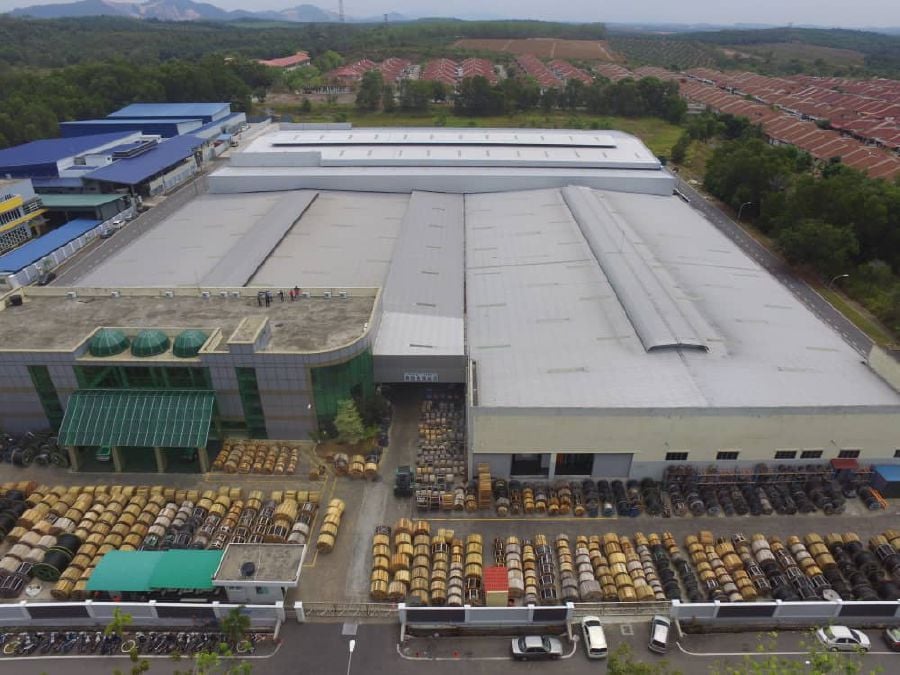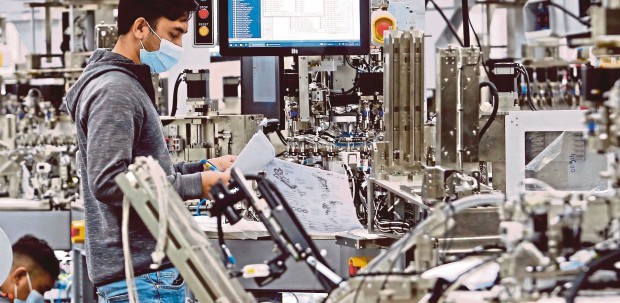BEIJING: China's manufacturing and services activity both expanded at a slower pace in April, official surveys showed on Tuesday, suggesting some loss of momentum for the world's second-biggest economy at the start of the second quarter.
The survey outcomes underline the challenges facing policymakers even though solid first quarter GDP growth has reduced some of the urgency to ramp up stimulus measures.
The National Bureau of Statistics (NBS) manufacturing purchasing managers' index (PMI) dropped to 50.4 in April from 50.8 in March, above the 50-mark separating growth from contraction and just ahead of a median forecast of 50.3 in a Reuters poll.
New export orders grew at a much slower rate, while employment continued to shrink, the NBS data showed.
The services sub-index under the NBS non-manufacturing survey grew at the slowest pace since January, coming in at 50.3 in April compared with 52.4 in March.
"Indicators of business activity in the catering, capital market services and property industries were in contraction," the NBS said in a statement.
Another private Caixin factory survey, also released on Tuesday, showed manufacturing activity grew more quickly as new export orders rose.
Analysts say the divergence between the Caixin PMI and the official PMI highlights differences in their geographic and sector coverage.
"Both of the manufacturing and services PMI indexes are near the line of 50, reflecting that the current momentum of economic expansion is mild," said Zhou Maohua, a macroeconomic researcher at China Everbright Bank.
Investors expect Chinese authorities to launch more stimulus to support the economy and are waiting for clues from the monthly Politburo meeting, which is expected to focus on economic affairs.
With the US Federal Reserve and other developed economies in no hurry to cut interest rates, China may face a longer period of tepid external demand. Adding to the challenges, Beijing continues to contend with trade barriers as the U.S. accuses China of exporting its industrial overcapacity.
Officials this year underscored the need for economic development based on innovation in advanced sectors.
However, analysts said the country's immediate problem centres around a prolonged property downturn and ballooning local government debt, which have dented household and investor confidence in a blow to the economic outlook.
While stronger-than-expected first quarter economic growth provided a welcome impetus for the rest of the year, weakness in key areas such as March retail sales, industrial profits and property investment underline the challenge for China in sparking a broad revival in demand.
China has set a GDP growth target of around 5.0% for 2024, a goal analysts have described as ambitious.





